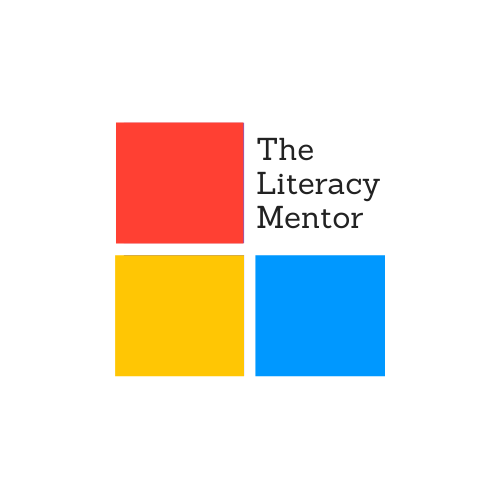What works in a school setting?
This is always a difficult question to answer as every school has its own unique context, however there are common themes in the research which I have summarised below:
Importance of student choice
- Choice and interest enhance readers’ motivation, self-determination and engagement (Moss and Macdonald, 2004; Pihl, 2012)
- Choice and interest are highly related. Children are more likely to choose books that look interesting to them. But to affect reading behaviour, children have to go beyond simply choosing a book, and must subsequently choose to read that book, over any other available activity. ( Clark and PhythianSence, 2008)
- Giving students choice in their reading material can help them to become more aware of their identities as readers. (Bang-Jenson, 2010)

Role of the environment
- As part of the Teachers as Readers (TaR) project there was a growing understanding of reading as a social process leading to positive changes in classroom cultures as the reading environment became highly sociable and interactive.
- This research suggests the need to focus on creating richly engaging space for reading in classrooms, both physically and socially eg relaxed reading spaces/nooks. Cremin, T., Mottram, M., Collins, F., Powell, S. and Safford, K. (2014)
Importance of role-models
- Reading for pleasure at school is strongly influenced by the relationships that exist between teachers and children, and children and families (Cremin et al, 2000 as cited by Clark & Rumbold, 2006).
- Teachers need to model reading in order to create reciprocal reading relationships and to help children develop their own preferences and reading identities (Cremin et al., 2014).
- Importance of family- research has shown that parental involvement in their child’s literacy practices is a more powerful force than family background and variables such as social class, family size, and level of parental education. (National Literacy Trust, Reading For Pleasure Executive Summary, Nov, 2006)
What can be done in a high school setting to promote reading for pleasure?
Some suggestions include:
*Understand that there is a difference between reading to comprehend and reading for pleasure. Giving students a list of comprehension question to respond is unlikely to increase their interest in reading.
*Encourage reading for pleasure as often as possible- this could be in homerooms, pastoral classes, English classes, as part of a formal DEAR (Drop Everything and Read) program, or 5 minutes at the start of a lesson.
*Allow students to choose what they read- cartoons, comics, newspapers, magazines, novels, short stories. All forms of reading will help develop vocabulary.
*Create a relaxing and engaging reading environment. Think bean bags, lounges, comfy chairs, rugs on the floor to lay out on, bookshelves with a range of reading materials. Go visit a modern library for inspiration or spend some time on pinterest.
*Act as a model reader. When your students are reading, take this time to model reading. Ignore the lesson plans you haven’t written or the assessments you need to mark! Your students need to see that you value reading for pleasure by practising what you preach. Encourage other subject teachers in your school to talk about what they are reading with their students- students need to see that it is not just English teachers or librarians who recognise the importance of reading for pleasure
*Educate parents and families on the importance of reading for pleasure.
Good luck with putting some of these ideas into action.
Felicity
aka The Literacy Mentor

References:
Bang-Jenson, V. (2010). A Children’s Choice Program: Insights into Book Selection, Social Relationships, and Reader Identity. Language Arts, 87(3), 169-176.
Cremin, Teresa; Mottram, Marilyn; Collins, Fiona M.; Powell, Sacha and Safford, Kimberly (2014). Building Communities of Engaged Readers: Reading for pleasure. Abingdon: Routledge.
Cremin, T., Mottram, M., Collins, F., Powell, S. and Safford, K. (2009). Teachers as Readers: Building Communities of Readers 2007-08 Executive Summary. The United Kingdom Literacy Association.
Clark, C. and Phythian-Sence, C. (2008) Interesting Choice: The (relative) importance of choice and interest in reader engagement: London: The National Literacy Trust
Clark, C., and Rumbold, K. (2006). Reading for Pleasure: A Research Overview, National Literacy trust
Moss G and McDonald J W (2004) The borrowers: library records as unobtrusive measures of children’s reading preferences. Journal of Research in Reading, 27 (4) 401-413
